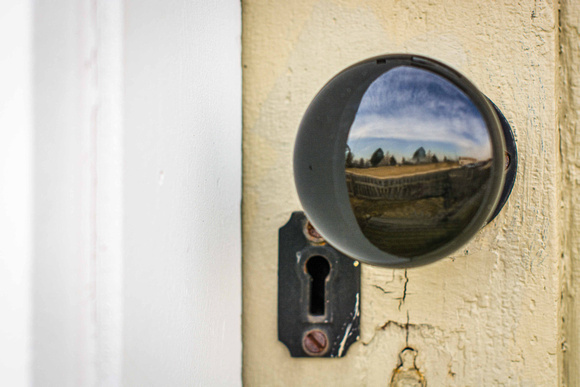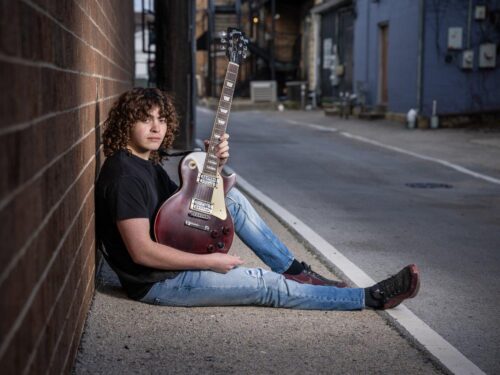
Tips to Improve Your Camera Phone Snapshots
Light Your Subject Well
The better lit your subject is the clearer your image is likely to be. If possible use your phone to shoot outside or turn on lights when shooting inside. Some cameras come with a built in flash or light – this can really lift a picture and add clarity to it, even if you’re capture a picture outside. If your camera does not have a flash or light you should avoid shooting into bright lights as you’ll end up with subjects that are silhouetted.
Get Close to Your Subject
One of the most common mistakes with camera phone images is that their subject ends up being a tiny, unrecognizable object in the distance. Here’s a quick tip, camera phone images tend to be small due to low resolution – so fill up your view finder with your subject. This technique is called “filling the frame” and will result in the perfect phone picture. Also, consider the location of your subject in the picture. Another tips is to consider the location of your subject. Check out this article to find more information about using natural props in your locations.
Keep Phone Still
As with all digital photography, the more steady your camera phone is when taking your shot the clearer your image will be.
This is especially important in low light situations where the camera will select longer shutter speeds to compensate for the lack of light. One trick is to lean your camera phone (or the hand holding it) against a solid object (like a tree, wall, ledge) when taking shots.
Keep in mind that many camera phones also suffer from ‘shutter lag’ (ie the time between when you press the shutter and when the camera takes the shot can be a second or so). This means you need to hold the camera still a little longer to ensure it doesn’t take a shot as you’re lowering it away from the subject.
Avoid Using the Digital Zoom
As tempting as it might be to zoom in on your subject when taking your picture, if the zoom is a ‘digital zoom’ it will decrease the quality of your shot to use it (you’ll end up with a more pixelated shot). Plus you can always edit your shot later using photo editing software.
Of course some camera phones are beginning to hit the market with ‘optical zooms’ – these are fine to use as they don’t enlarge your subject by enlarging pixels.
Experiment with White Balance
An increasing number of camera phones come with adjustable white balance which allows you to modify color balance in your images based on shooting conditions. White balance will change the color of your final picture. Experiment with this feature to get a good feel for the impact that it has on your shots. I find that it impacts different camera phones differently. Read your manual to find out how it works on your phone.
Take loads of Shots and Experiment
Another camera phone tip is the ability to shoot off many shots quickly and without cost. This means you can experiment with different modes and composition and discard those that you don’t want to keep.
Camera phones are particularly good for experimenting with new angles and perspectives – shoot from down low, up high, close up etc and you’ll end up with interesting and fun shots.
Follow Rules of Composition (and then Break them)
Learn some basic composition ‘rules’. The rule of thirds is a simple one to start with – ie don’t place your subject squarely in the middle of your frame but a third of the way in.
Keep Your Lens Clean
One of the challenges with many camera phones is keeping them maintained and clean. Phones spend a lot of time in pockets, in bags and being used in all manner of weather and conditions. As a result they get dirty and can easily become damaged – fingerprints are a common problem on camera lenses – especially if your phone doesn’t have a lens cover. From time to time clean the lens of your camera using a soft cloth (sunglasses cleaning cloths are great).
Use the highest resolution possible on your camera phone
Some phones allow you to choose what resolution you want to take photos at. It almost goes without saying, but the higher your resolution the clearer your shot will be. This is especially true for camera phones which often have sensors of under 1 megapixel in them. Keep in mind however that the higher the resolution the larger the file size of the images you take – this means if you want to send images they can end up taking a long time to send.



